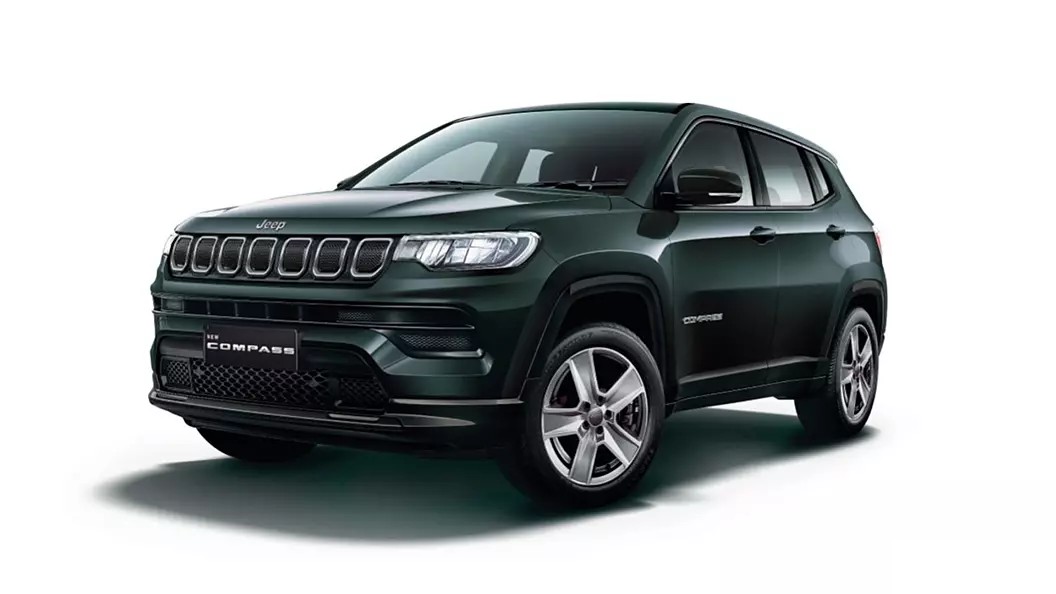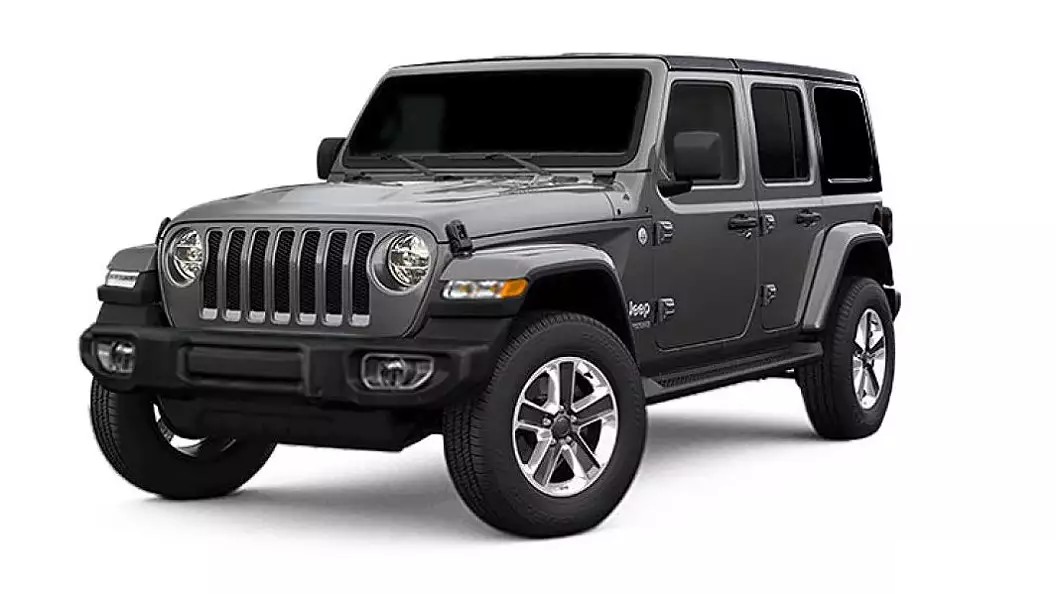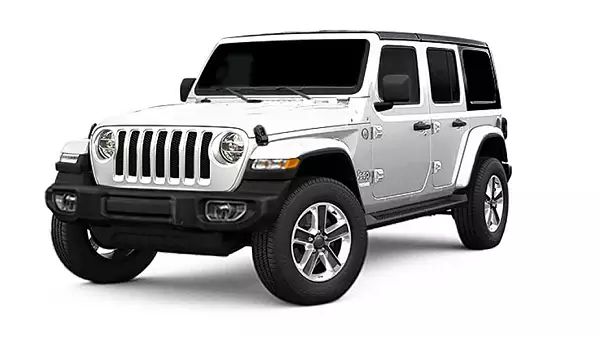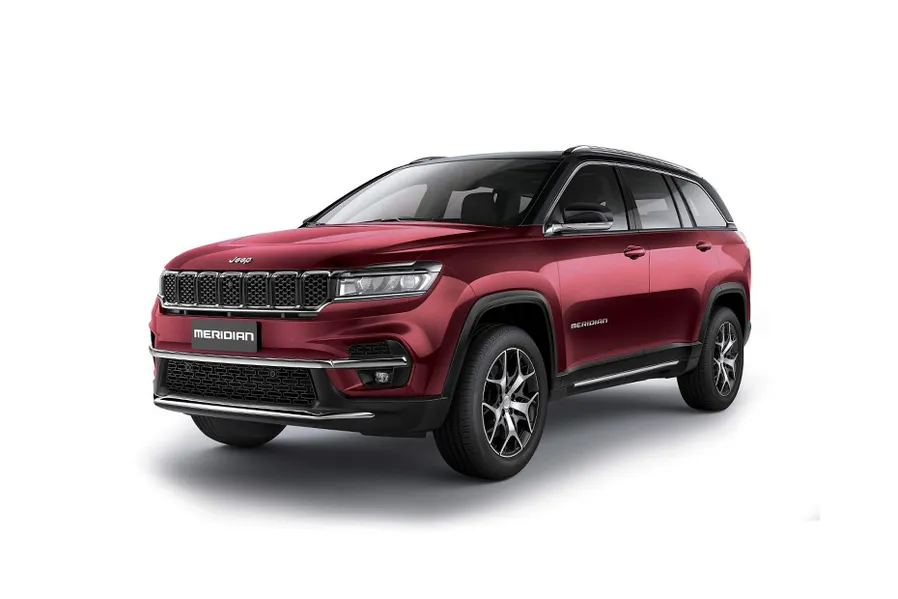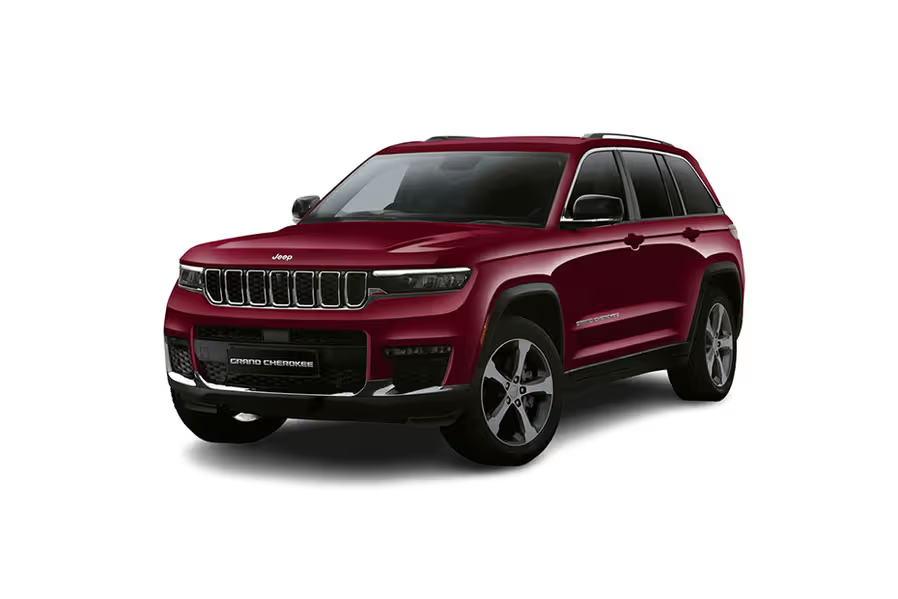Safety First: How JEEP Ensures Safety in Off-Roading
2024-05-18

Off-roading presents unique challenges and dangers, demanding robust safety measures to protect both vehicle occupants and the vehicle itself. Jeep, a brand synonymous with off-road prowess, has prioritized safety through a combination of advanced technology, rigorous engineering, and thoughtful design. This approach ensures that Jeep vehicles are not only capable but also secure on the most challenging terrains.
1. Advanced Safety Technologies -
Modern Jeep vehicles are equipped with an array of advanced safety features designed to prevent accidents and protect passengers if an accident occurs. For instance, Jeep's Electronic Stability Control (ESC) helps drivers maintain control by automatically applying brakes to individual wheels and reducing engine power when it detects a loss of traction. This is particularly crucial in off-road scenarios where uneven surfaces can easily lead to loss of control. Additionally, features such as Electronic Roll Mitigation (ERM) work in tandem with ESC to reduce the risk of rollovers, a significant hazard in off-road driving.
2. Reinforced Structural Design -
The structural integrity of a vehicle is a fundamental aspect of its safety. Jeep vehicles are built with high-strength steel frames and reinforced bodies that provide a robust safety cage for occupants. This design not only enhances the durability of the vehicle during off-road use but also significantly improves its crashworthiness in the event of an accident. Crumple zones are strategically integrated to absorb impact energy, reducing the force transferred to occupants.
3. Comprehensive Airbag Systems -
In the event of a collision, Jeep's airbag systems provide critical protection. Modern Jeep models come equipped with advanced multistage front airbags, side airbags, and side-curtain airbags. These systems are designed to deploy with varying force depending on the severity of the crash, ensuring optimal protection while minimizing potential injuries from the airbags themselves. For off-road enthusiasts, where the risk of tipping or rolling over is higher, side-curtain airbags are particularly beneficial as they offer protection during rollovers.

4. Off-Road Specific Safety Features -
Jeep has incorporated several off-road-specific safety features that enhance vehicle control and stability in challenging conditions. Hill Descent Control (HDC) and Hill Start Assist (HSA) are prime examples. HDC automatically applies brakes to maintain a steady speed when descending steep slopes, allowing the driver to focus on steering. HSA prevents the vehicle from rolling backward when starting on an incline, a common scenario in off-road environments. These features reduce the likelihood of accidents by assisting drivers in maintaining control over the vehicle.

5. Comprehensive Testing and Real-World Validation -
Jeep subjects its vehicles to rigorous testing to ensure they meet high safety standards. This includes both simulated and real-world off-road conditions. The vehicles undergo extreme stress tests, including water fording, rock crawling, and high-speed desert driving, to validate their durability and safety systems. Additionally, Jeep partners with safety organizations and participates in third-party safety evaluations to further ensure their vehicles meet or exceed industry standards.
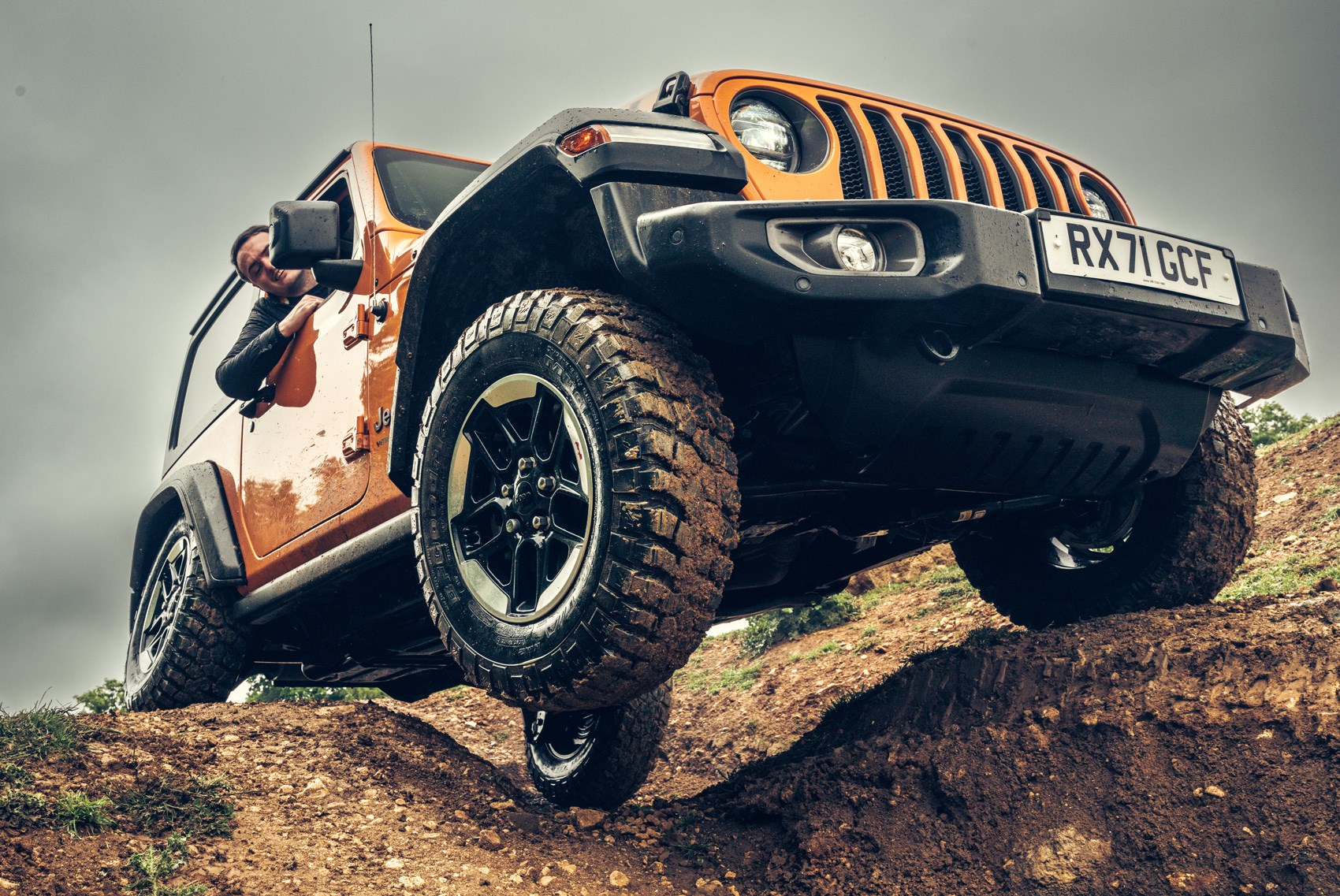
In summary, Jeep's commitment to off-road safety is evident through its integration of advanced technologies, robust structural design, comprehensive airbag systems, off-road specific safety features, and thorough testing. These measures collectively ensure that Jeep vehicles provide a high level of protection, allowing enthusiasts to tackle challenging terrains with confidence. Whether navigating rocky trails, steep inclines, or muddy paths, Jeep's safety innovations are designed to keep drivers and passengers secure, making every off-road adventure not only thrilling but also safe.


